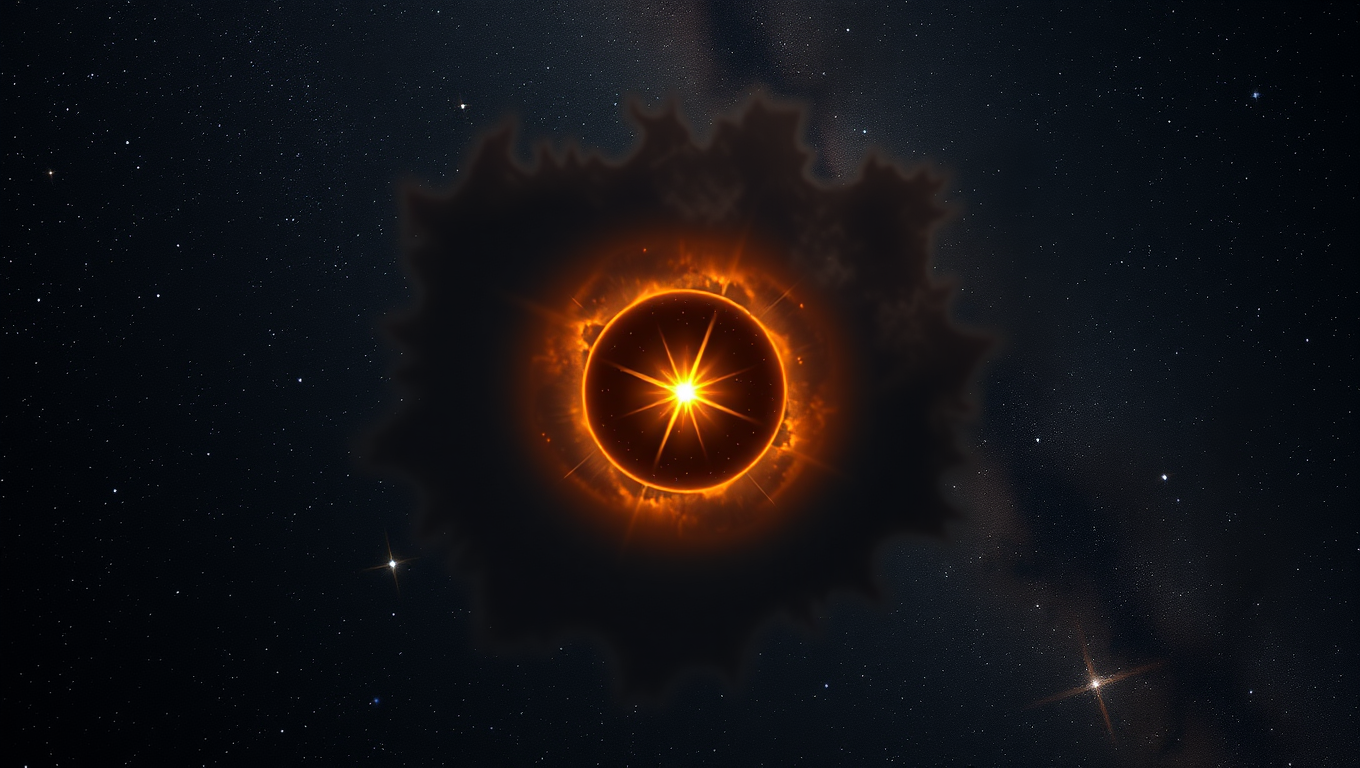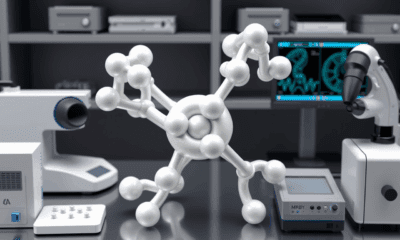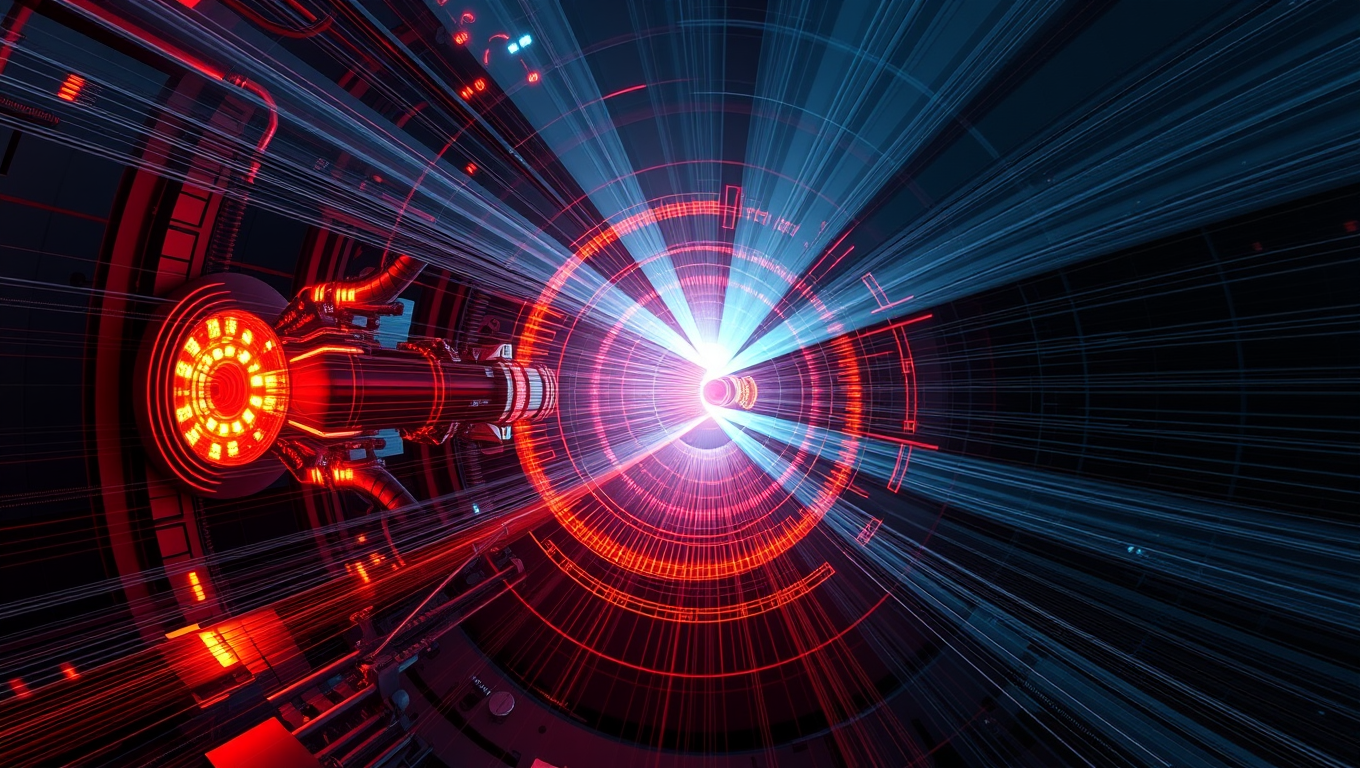While we try to keep things accurate, this content is part of an ongoing experiment and may not always be reliable.
Please double-check important details — we’re not responsible for how the information is used.
Electricity
Unveiling the Secrets of Dark Matter: The Discovery of Hidden Stars Known as Dark Dwarfs
Some of the faintest, coldest stars in the universe may be powered not by fusion—but by the annihilation of dark matter deep within them. These “dark dwarfs” could exist in regions like the galactic center, where dark matter is thickest. Unlike typical stars, they glow without burning hydrogen, and their heat could come from invisible particles crashing into each other inside. If we spot one, especially without lithium (a chemical clue), it could point us straight to the true identity of dark matter.

Batteries
“Reviving ‘Dead’ Batteries: The Path to a Greener Future”
Lithium battery recycling offers a powerful solution to rising demand, with discarded batteries still holding most of their valuable materials. Compared to mining, recycling slashes emissions and resource use while unlocking major economic potential. Yet infrastructure, policy, and technology hurdles must still be overcome.
Civil Engineering
AI Breakthrough in Fusion Reactor Design: Uncovering Hidden Safe Zones with HEAT-ML
Scientists have developed a lightning-fast AI tool called HEAT-ML that can spot hidden “safe zones” inside a fusion reactor where parts are protected from blistering plasma heat. Finding these areas, known as magnetic shadows, is key to keeping reactors running safely and moving fusion energy closer to reality.
Batteries
Unlocking Battery Secrets at the Atomic Scale
Scientists have cracked open a mysterious layer inside batteries, using cutting-edge 3D atomic force microscopy to capture the dynamic molecular structures at their solid-liquid interfaces. These once-invisible electrical double layers (EDLs) twist, break, and reform in response to surface irregularities phenomena never seen before in real-world battery systems. The findings don t just refine our understanding of how batteries work at the microscopic level they could fundamentally change how we build and design next-generation energy storage.
-

 Detectors8 months ago
Detectors8 months agoA New Horizon for Vision: How Gold Nanoparticles May Restore People’s Sight
-

 Earth & Climate9 months ago
Earth & Climate9 months agoRetiring Abroad Can Be Lonely Business
-

 Cancer8 months ago
Cancer8 months agoRevolutionizing Quantum Communication: Direct Connections Between Multiple Processors
-

 Albert Einstein9 months ago
Albert Einstein9 months agoHarnessing Water Waves: A Breakthrough in Controlling Floating Objects
-

 Earth & Climate8 months ago
Earth & Climate8 months agoHousehold Electricity Three Times More Expensive Than Upcoming ‘Eco-Friendly’ Aviation E-Fuels, Study Reveals
-

 Chemistry8 months ago
Chemistry8 months ago“Unveiling Hidden Patterns: A New Twist on Interference Phenomena”
-

 Diseases and Conditions9 months ago
Diseases and Conditions9 months agoReducing Falls Among Elderly Women with Polypharmacy through Exercise Intervention
-

 Agriculture and Food9 months ago
Agriculture and Food9 months ago“A Sustainable Solution: Researchers Create Hybrid Cheese with 25% Pea Protein”





























